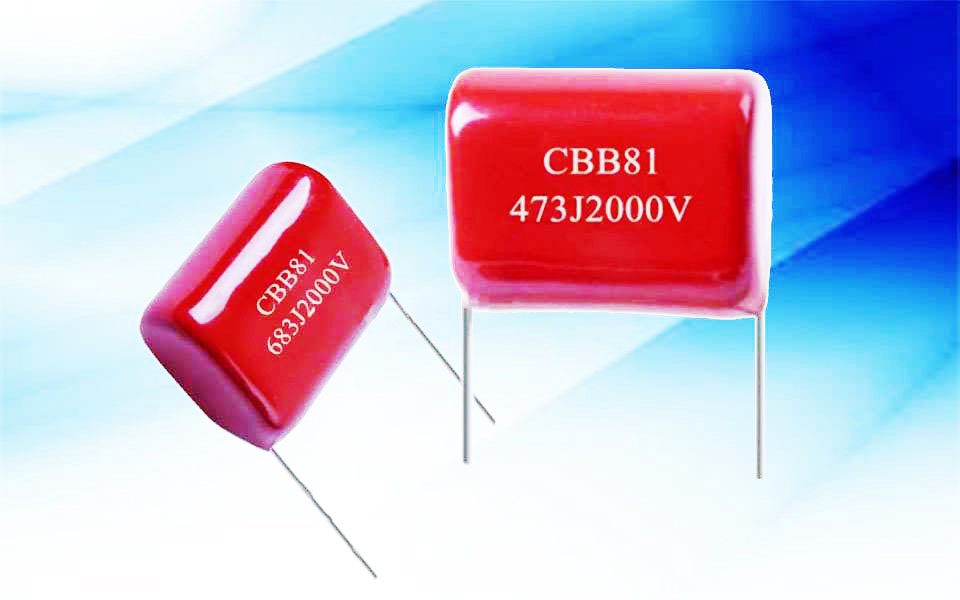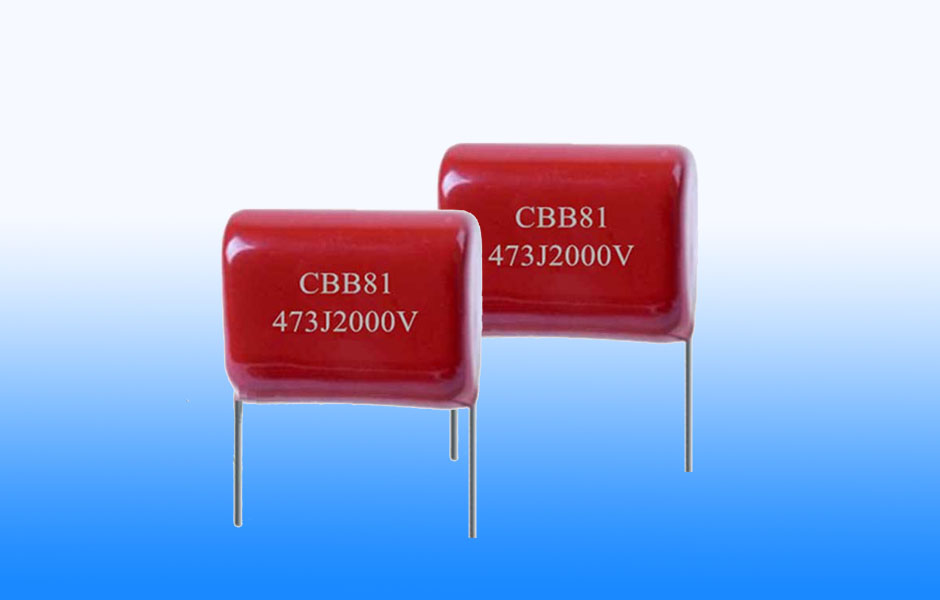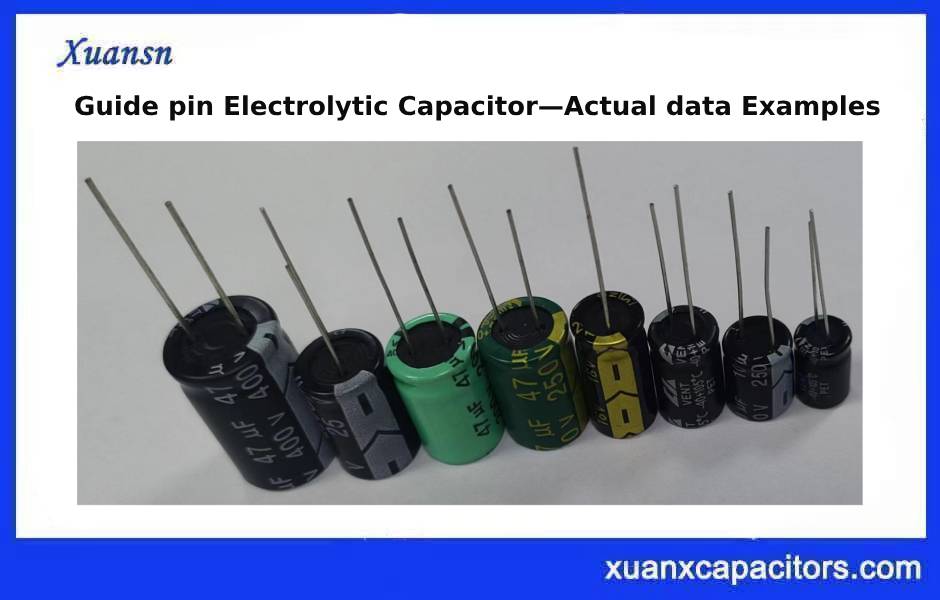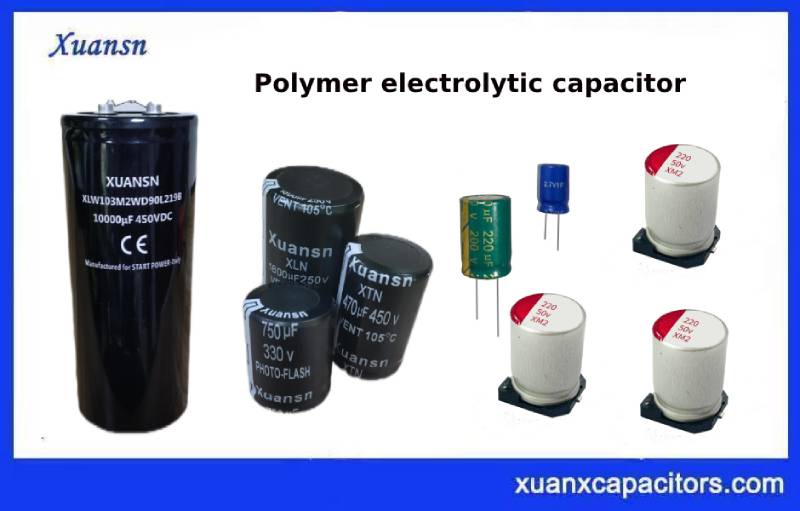1. About the Heating of capacitors
With the miniaturization and weight reduction of electronic equipment, the mounting density of components is high, the heat dissipation is low, and the device temperature is likely to rise. In particular, although the heat generation of the power output circuit components has an important influence on the temperature rise of the equipment, the power consumption changes caused by the capacitor loss component in the use of the capacitor passing large current (switching power supply smoothing, high-frequency power amplifier output connector, etc.) Large, making the self-heating factor unable to be ignored. Therefore, the temperature rise of the capacitor should be suppressed within a range that does not affect the reliability of the capacitor.
The ideal capacitor has only the capacity component, but the actual capacitor includes the resistance factor of the electrode, the loss of the dielectric, and the electrode inductance factor, which can be represented by the equivalent circuit in Figure 1.

When an alternating current flows through this type of capacitor, the resistance component (ESR) of the capacitor will produce the power consumption Pe shown in Equation 1-1, and the capacitor will generate heat.

2.Heating of capacitors characteristics
The measurement of the heating characteristics of the capacitor itself should be carried out in a state where the temperature of the capacitor is minimized to the surface heat generated by convection or radiation or the heat generated by the heat transfer of the fixture. In addition, in high-permittivity capacitors where the voltage dependence of permittivity is nonlinear, it is necessary to observe the AC current and AC voltage applied to the capacitor at the same time. Small-capacity temperature-compensated capacitors should have heat-generating characteristics at high frequencies above 100MHz, so the measurement must be performed with less reflection.




